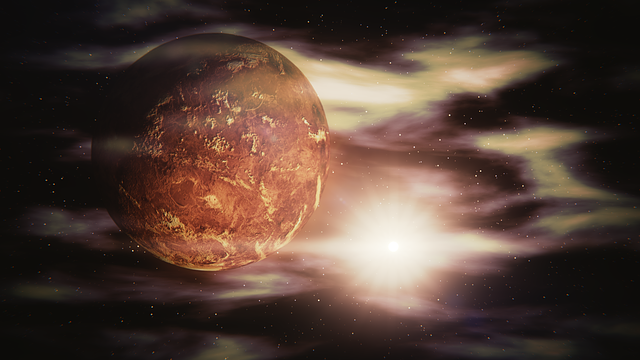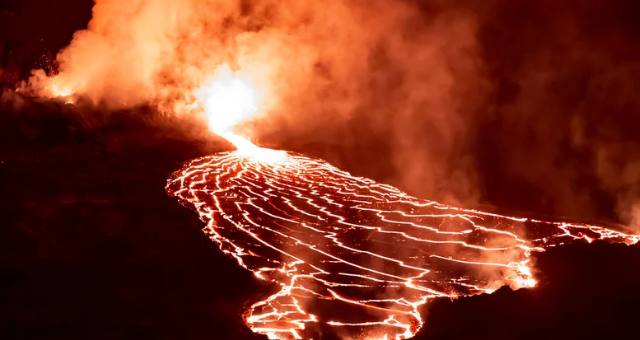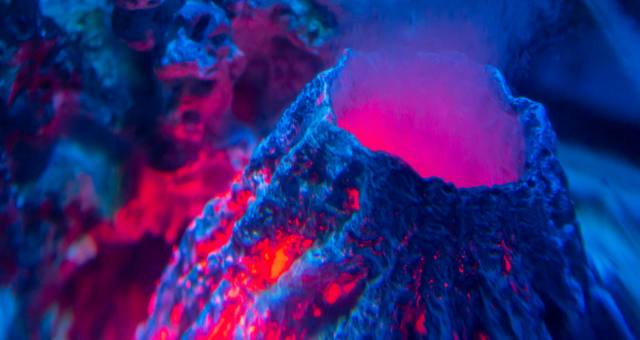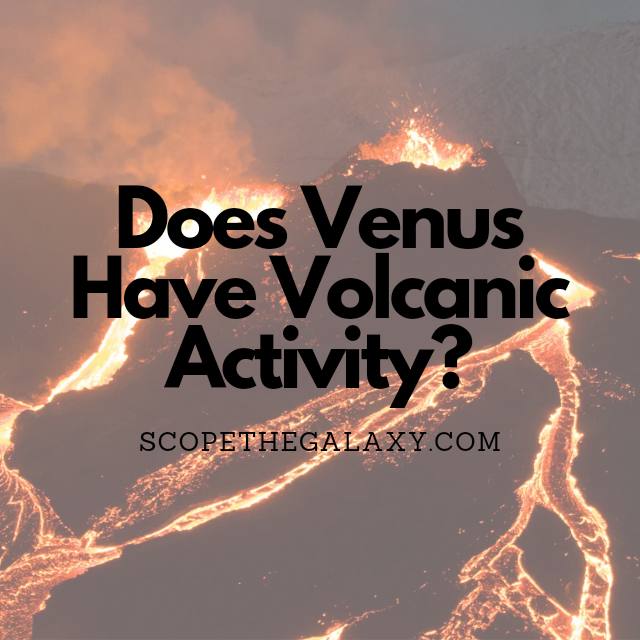*This post may contain affiliate links. This means we may make a commission if you purchase an item using one of our links*
Venus has volcanoes – more than any other planet in our solar system. Still, deciding whether or not these geographical features are active today is another matter. There is some evidence to suggest that volcanic activity could be occurring on the planet’s surface (such as increased phosphine gases), but with limited resources, the evidence is still inconclusive.
Discover how many volcanoes are scattered across the surface of Venus and whether or not they are still active today. Compare Venus’ highest volcano to our own, Mauna Kea, and learn why so much volcanic activity occurs on this planet’s surface.
Are There Volcanic Eruptions On Venus?
Table of Contents

Venus has more volcanoes than any other planet in the solar system. Still, it is hard to determine the current level of volcanic activity. Volcanic deposits less than 300 million years old currently litter the planet’s landscape, and we know that volcanic activity has played a pivotal role in the planet’s history.
But, the timelines of this volcanic activity are still a hotly debated topic, and evidence to suggest whether or not the planet remains volcanically active today is inconclusive.
One reason Venus is so hard to research is that the planet’s atmosphere is inhabitable to any spacecraft. Not only do temperatures reach more than 450 degrees Celsius, but the atmosphere is also highly corrosive. Additionally, the clouds of sulphuric acid that sit atop the planet (and reflect light to give Venus its distinct color) are so dense that they limit our observations of the planet’s surface.
Still, we do know some things about Venus. There is very little evidence for plate tectonics, which means the planet doesn’t have volcanic chains like those that we see on Earth. Volcanic activity on Earth is generally centered on regions of plate movement, but on Venus, it is far less organized.
Recent detections of phosphine gases in the planet’s atmosphere suggest that there could be ongoing volcanic activity. Still, we require conclusive evidence to know for sure whether this is an effect of volcanism.
How Many Volcanoes Does Venus Have?

We know that more than 1600 significant volcanoes exist on the surface of Venus, providing it with more of these geographical features than any other planet in the Milky Way. But, there are a vast number of smaller volcanoes that we are yet to catalog, which means that the total number of volcanoes on Venus’ surface could be 1,000,000 or more.
While Venus has a significant number of volcanoes, evidence suggests that they are far less explosive than the ones we find on Earth; they are more likely to experience fluid lava flows than Earth’s counterparts. This could be due to the high air pressure and lack of plate tectonics, among other factors.
Why Does It Have So Much Volcanic Activity?

Venus is known as the “sister” to Earth because the two planets are similar in several ways. Both Venus and Earth are similarly sized with a closely matched composition. The orbital path of Venus is the closest path to Earth’s orbit, and the planet possesses thick clouds and an atmosphere just like us.
Still, there are some vast differences between the two planets. Most notably, the thick atmosphere on Venus means that temperatures regularly exceed 450 degrees Celsius, making it inhospitable to humans. This is because the atmosphere on Venus is primarily composed of CO2, which creates an extreme greenhouse gas effect.
Additionally, the air pressure on the surface of Venus is around 90 times greater than the same position on Earth. This means that standing on Venus’ surface would feel equivalent to being submerged one kilometer beneath our oceans. And these conditions affect Venus in several ways.
Firstly, Venus has no liquid water on its surface (and almost none in the air either). Winds are comparatively slow, meaning neither they nor the rain has many effects on the planet’s landscape. And this means that volcanic forms will remain as they are for long periods, which makes it difficult for us to know whether or not they are still active.
Volcanic activity on Venus has nothing to do with plate tectonics; instead, they are caused by what we term intra-plate activity or “hotspots” where magma rises to the surface via cracks within the planet’s crust.
How Big Are The Largest Volcanoes On Venus?
Venus has more than 150 large shield volcanoes, many of which span 100 – 600 km in width, with heights ranging between 0.3 – 5 km.
The largest (by volume) volcano on Venus is Theia Mons (located in the Beta Regio) which is over 4 km high and has a lava flow area that spans a width of more than 800 km. This is similar to the visible portion of Earth’s largest volcano, Mauna Kea, though Hawaii’s volcano also stretches a further 6 km beneath the ocean.
Meanwhile, Maat Mons sits at a mean distance of 8 km above the surface of Venus, making it the tallest volcano on Venus’ surface (and the second-highest mountain). Still, the volcanoes on Venus’ surface vary greatly in size, with several less than 1 km high.
Summary
There’s no doubt that Venus is covered in a plethora of volcanoes, but whether or not these are still active is under question. While there is a lack of direct evidence to demonstrate volcanic activity, there are a range of “clues” that suggest volcanic activity could still occur.
Future missions, such as VERITAS and DAVINCI+, will prove Venus more closely and may be able to provide more conclusive answers as to whether or not the planet is still subject to immense volcanic activity.
References
Venus | Volcano World | Oregon State University
Are volcanoes erupting on Venus? | Space
Venus may be volcanically active – The Verge
Present-day volcanism on Venus as evidenced from weathering rates of olivine | Science Advances

